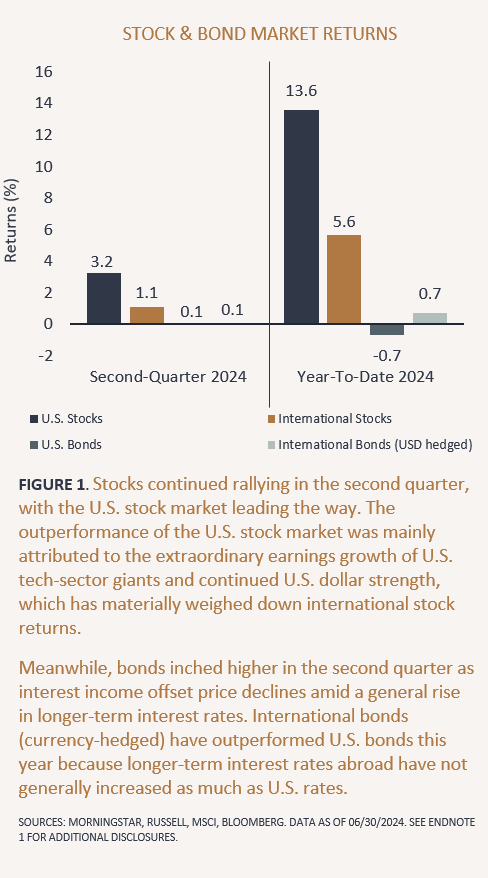Managing money can feel stressful, especially when you’re dealing with student loans, rising living costs, and trying to navigate a tough housing market. But just like any skill, financial stability is something you can build with time, effort, and the right tools.
Whether you’re just starting out or looking to improve your money habits, here are some practical steps you can take to gain control of your financial life.
1. Start with a Budget
The first step to improving your finances is understanding where your money goes each month. You might be surprised to find out, like one graduate student did, that a big chunk of your food budget is actually going to coffee.
By tracking your spending, you can find areas to cut back and redirect that money toward saving or paying off debt. Tools like the Government of Canada’s budget planner, the U.S. Federal Trade Commission’s guide, or the UK’s Money and Pensions Service can help you get started.
Once you have a budget, focus on cutting unnecessary expenses so you can put more toward your goals.
2. Increase Your Income
Cutting expenses has its limits — especially when prices for food, rent, and utilities keep going up. That’s why finding ways to increase your income is key.
One option is to ask for a raise. It might feel intimidating, but being prepared with solid examples of your work and practicing your pitch with a mentor can help. If your request isn’t successful, you’ll still gain experience that can help you next time.
Another approach? Quietly search for a new job. If you get an offer, you might be able to use it to negotiate a raise where you are — or move on to better pay.
3. Start Saving for Retirement
Older generations often had jobs with guaranteed pensions. But today, many people — especially gig workers — don’t have that kind of security.
Check if your employer offers a retirement savings plan where both you and the company contribute. If not, consider setting up your own automated investment contributions through a robo-advisor. Start small and increase your contributions when you get a raise.
Investing in a low-cost ETF (exchange-traded fund) is a great way to get started. It spreads out your risk and typically performs well over time.
4. Stay Consistent
Once you’re saving automatically, the key is to stick with it. Even if you’re only saving a little at first, what matters most is consistency.
Avoid checking your investment account too often or trying to time the market. Studies show that people who constantly buy and sell often make less money in the long run.
The best strategy? Buy and hold. Let your money grow slowly over time — it works.
5. Picture Your Future Self
It’s tough to think about retirement when it feels far away. But research shows that when you imagine your future self — what you’ll look like, how you’ll spend your time — you’re more likely to save for that version of you.
Think about the life you want when you’re older. Do you want to travel? Relax? Help your kids or grandkids? Keeping that vision in mind makes it easier to make smart choices today.
You’ve Got This
If all of this still feels overwhelming, don’t worry. A fee-only financial advisor can help you make a plan tailored to your situation.
The road to financial stability takes time, but every step you take moves you forward. With consistency, smart strategies, and a bit of patience, you can build a more secure and confident financial future.






Leave a Reply